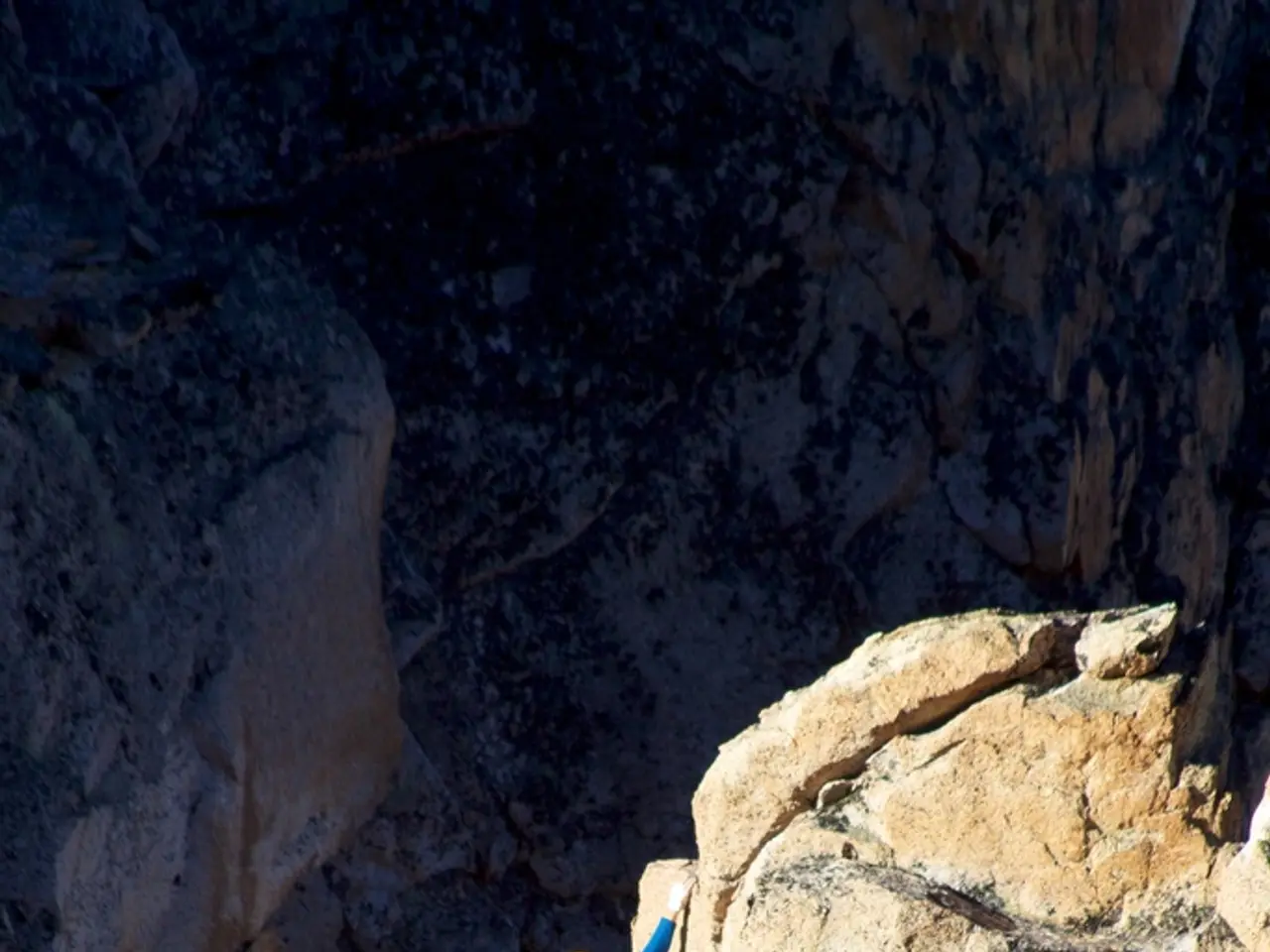Climbing Mount Everest's expenses are escalating significantly, as Nepal unveils 97 uncharged mountain peaks for adventurers
The Nepali government has announced a strategic shift in its climbing permit policies, aiming to control congestion on Mount Everest, improve climber safety, protect the environment, and promote economic growth in lesser-visited Himalayan regions.
Starting September 2025, the cost of Mount Everest climbing permits will increase from $11,000 to $15,000. Simultaneously, climbing fees for 97 other Himalayan peaks, primarily located in remote areas, will be waived. This move encourages climbers to explore less crowded and more remote mountains, helping to manage overcrowding, accidents, and environmental issues on Everest.
One of the key regions set to benefit from this policy is the Sudurpaschim province, where climbers can choose from Mount Saipal, Api, and Api Wes for their initial climb. Notably, no additional permit charge is incurred when choosing one of these peaks.
The overcrowding and safety concerns on Everest have been a pressing issue. In 2023, a record 18 fatalities occurred due to the high number of climbers, while in 2025, there have already been five deaths. To address this, the government has implemented a new rule requiring climbers to have scaled another 7,000-meter peak in Nepal before getting an Everest permit. This measure aims to ensure only more capable climbers attempt Everest.
By promoting tourism and economic development in remote regions, Nepal seeks to boost local economies outside the Everest region, which currently receives the majority of visitors. Fewer than 70 climbers have travelled to these peaks in the past two years, due to their difficult access, making them ideal destinations for those seeking a less crowded climbing experience.
In addition to managing Everest, the new policies aim to better manage the environmental impact. Fewer climbers on Everest mean less pollution and environmental degradation, while spreading visitors more evenly across the country reduces pressure on a single area.
In conclusion, the permit fee hike on Everest and fee waivers for other peaks are part of Nepal’s strategic plan to control Everest congestion, improve climber safety, protect the environment, and promote economic growth in lesser-visited Himalayan regions. This shift in policy is set to offer exciting opportunities for adventurous climbers seeking unique and less crowded climbing experiences.
In 2025, adventurous climbers seeking unique and less crowded climbing experiences may find their ideal destination in the Sudurpaschim province, with mountains like Mount Saipal, Api, and Api Wes available for exploration, as part of Nepal's strategic plan to promote outdoor-living and home-and-garden tourism in lesser-visited Himalayan regions. Furthermore, as travelers opt for adventure-travel in these remote areas, they contribute to the economic growth and local communities, while helping to control congestion, improve climber safety, and protect the environment on Mount Everest.




